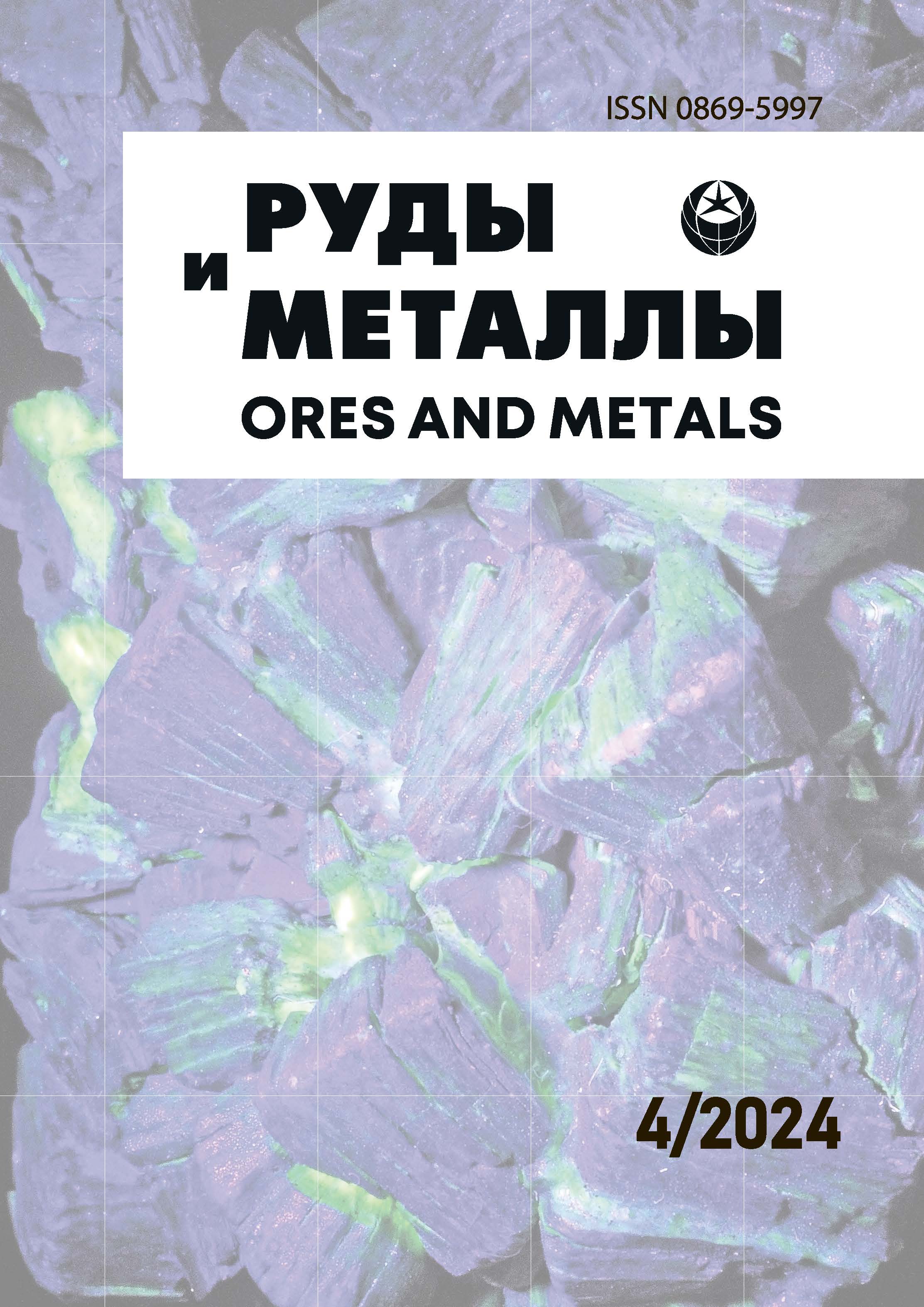Polygenous and polychronous gold mineralization of the Middle Urals: Staging of appearance of the gold-bearing hydrothermal-metasomatic processes
DOI: 10.47765/0869-5997-2024-10017
Keywords:
Middle Urals, Tura-Auerbakh ore region, gold ore deposits, polygenous and polychronous, hydrothermal-metasomatic processes, stages of gold accumulation.Abstract
Polymetal JSC has identified several new gold deposits in the Turinsko-Auerbachovsky ore region of the Middle Urals in recent years. The study of geological and geochemical materials on these objects allowed us to substantiate their polygenic and polychronous nature. The gold mineralization took a long time to form during the concedimentary and conflict epochs of the region's development. During sedimentation, volcanogenic-sedimentary formations were enriched with ore elements due to underwater fluid flow during volcanic and subvolcanic processes, up to the formation of pyrites, including goldbearing ores. In the collisional epoch, three stages of gold accumulation were established, associated with linear folding and final granitoid magmatism, each of which was accompanied by the manifestation of goldbearing hydrothermal-metasomatic processes of the berezitoid type. The first two stages were ore preparation and led to the formation of gold-bearing mineralized zones of berezites, within which, during the third ore stage, ore zones were formed during their activation with the manifestation of shale, crushing, veining, and sulfidization. The analysis of materials from the well-known Vorontsovskoye deposit also confirmed the polygenic and polychronous nature of ore formation, previously noted by a number of researchers.


